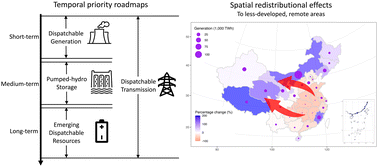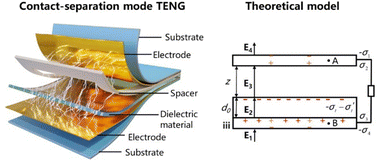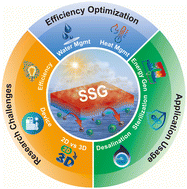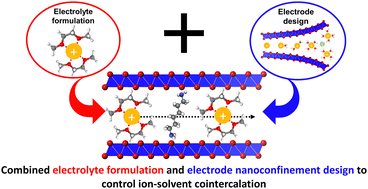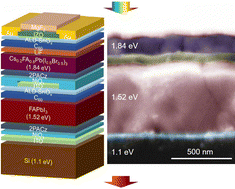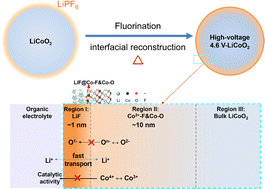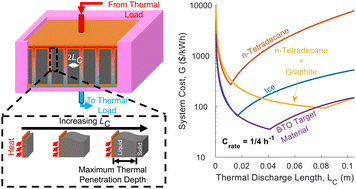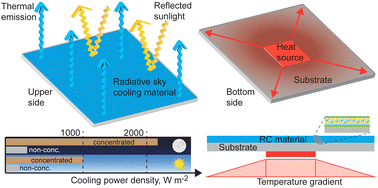Energy Environ. Sci., 2024, 17,2315-2325
DOI: 10.1039/D3EE02946H, Paper
DOI: 10.1039/D3EE02946H, Paper
Ashish Singh, Soumitra Barman, Faruk Ahamed Rahimi, Anupam Dey, Rohan Jena, Ravi Kumar, Nijita Mathew, Dibyendu Bhattacharyya, Tapas Kumar Maji
Designing cheap, stable, and efficient electrocatalysts for selective CO2 reduction to ethanol is a green and sustainable approach for converting the greenhouse gas into value-added products.
The content of this RSS Feed (c) The Royal Society of Chemistry
Designing cheap, stable, and efficient electrocatalysts for selective CO2 reduction to ethanol is a green and sustainable approach for converting the greenhouse gas into value-added products.
The content of this RSS Feed (c) The Royal Society of Chemistry

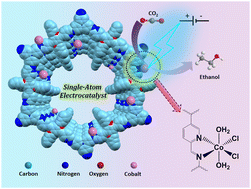

 Open Access
Open Access
